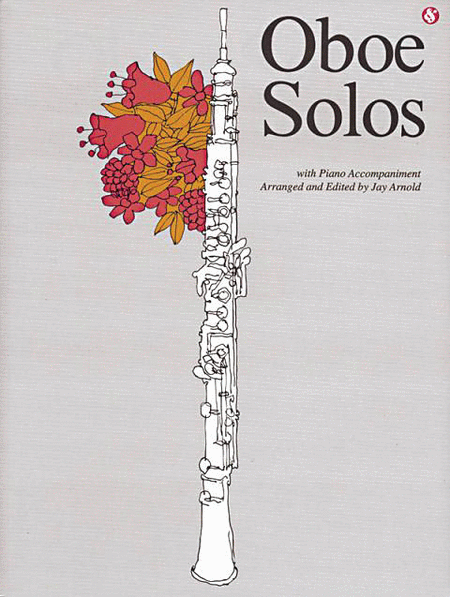Gabriel Urbain Fauré (1845 – 1924) was a French
composer, organist, pianist and teacher. He was one of
the foremost French composers of his generation, and
his musical style influenced many 20th-century
composers. Among his best-known works are his Pavane,
Requiem, Sicilienne, nocturnes for piano and the songs
"Après un rêve" and "Clair de lune". Although his
best-known and most accessible compositions are
generally his earlier ones, Fauré composed many of his
most highly regarded works in...(+)
Gabriel Urbain Fauré (1845 – 1924) was a French
composer, organist, pianist and teacher. He was one of
the foremost French composers of his generation, and
his musical style influenced many 20th-century
composers. Among his best-known works are his Pavane,
Requiem, Sicilienne, nocturnes for piano and the songs
"Après un rêve" and "Clair de lune". Although his
best-known and most accessible compositions are
generally his earlier ones, Fauré composed many of his
most highly regarded works in his later years, in a
more harmonically and melodically complex style.
When Gabriel Fauré was a boy, Berlioz had just written
La damnation de Faust and Henry David Thoreau was
writing Walden. By the time of his death, Stravinsky
had written The Rite of Spring and World War I had
ended in the devastation of Europe. In this dramatic
period in history, Fauré strove to bring together the
best of traditional and progressive music and, in the
process, created some of the most exquisite works in
the French repertoire. He was one of the most advanced
figures in French musical circles and influenced a
generation of composers world-wide.
The third song of the Opus 39 collection, Le pays des
reves (Land of Dreams), uses repetition almost as
persistently, though here the repeated, gentle melodies
in the piano and vocal lines, with some resemblance to
a lullaby, are far removed from the wild passions of
Fleur jetee. The vocal lines are appropriately dreamy,
accented by the rocking accompaniment and the quick
ornamentation from the piano, and often rise at the end
of each line with a gently yearning effect. There is a
slightly more sober moment at the lines "Mais/Ah
combien la terre est lointaine," but the first mood
returns quickly, and is sustained through the end.
This song’s beckonings correspond to Gounod’s Où
voulez-vous aller? or Duparc’s L’invitation au
voyage. In Silvestre’s collection, Les ailes d’or,
the second half of the poem is a Baudelaire-like sequel
personifying the ominous dreams of the past. But there
is nothing disturbing here, and the music rocks us
gently, benignly, into the stratosphere. We wander high
above the world’s gardens and the fragrance of
jasmine. There are passages in this song where the
musical discourse wanders into the indeterminate ether
in a manner of which no other French composer of the
time was capable. Fauré’s harmonic excursions are
usually underpinned by strong bass lines, but here, as
in another Silvestre setting, La fée aux chansons, the
composer abandons the F clef for much of the time in
favour of higher, more etiolated regions. There are
delicious ambiguities here, for example the pivotal
role played by E flat (D sharp) in the keys of A flat
major (dominant) and E minor (leading note).
Jankélévitch hears similarities with Wolf’s An eine
Äolsharfe composed only four years later. The two
songs share a berceuse rhythm and an other-worldly
evanescence, but Silvestre is clearly no Mörike, and
it is Fauré’s harmonic refinement that disguises his
poet’s sentimental streak.
Source: AllMusic
(https://www.allmusic.com/composition/songs-4-for-voice
-piano-op-39-mc0002486201).
Although originally written for Voice (Mezzo-Soprano)
and Piano, I created this Interpretation of the "Les
roses d’Ispahan"(The roses of Isfahan) from "Four
Songs" (Op. 39 No. 4) for Oboe & Piano.













